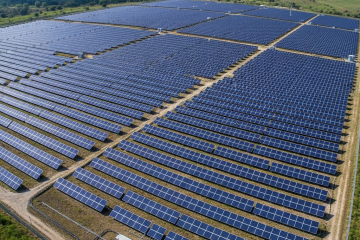
Not all solar systems are the same. Depending on your access to the electricity grid and your need for backup, you might choose one of three main configurations.
1. Grid-Tied Systems: The most common and cost-effective type. These connect directly to the utility grid without batteries. The grid acts as “virtual storage”—you export excess power during the day and import power at night.
Pros: Lowest cost, high efficiency.
Cons: No power during grid outages (due to safety regulations).
2. Off-Grid Systems: Used in remote areas where the grid is absent. These rely entirely on battery banks to store energy for night-time use.
Pros: Complete energy independence.
Cons: High cost due to batteries; finite energy capacity.
Table 1.1 Comparison:
| Feature | Grid-Tied | Off-Grid |
|---|---|---|
| Battery | None | Mandatory |
| Backup? | No | Yes |
| Cost | Low | High |
Choosing the right architecture is the first step in any solar project design.



0 Comments